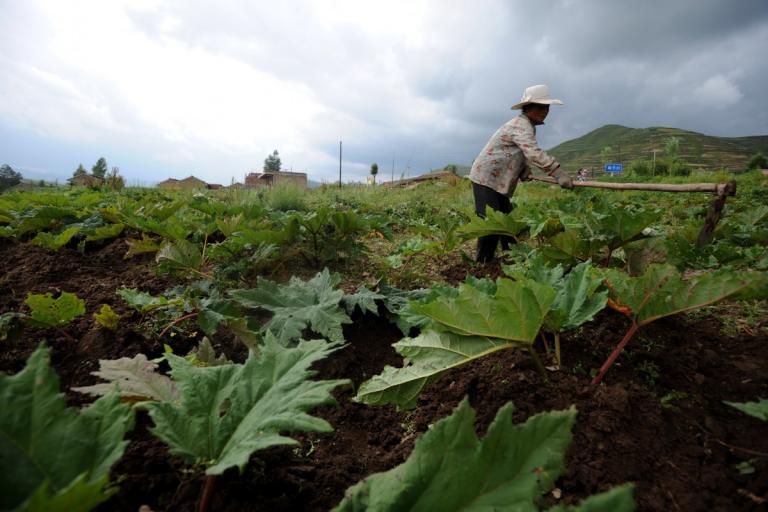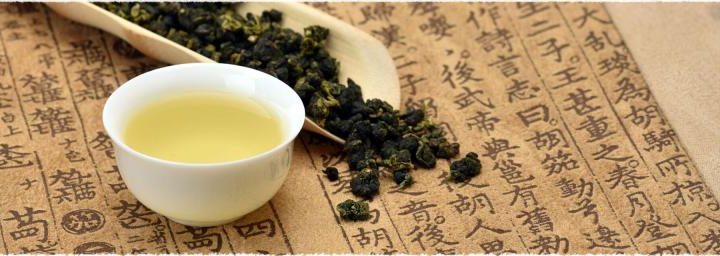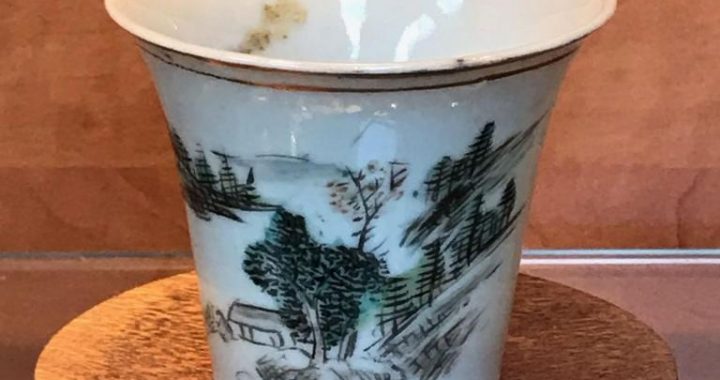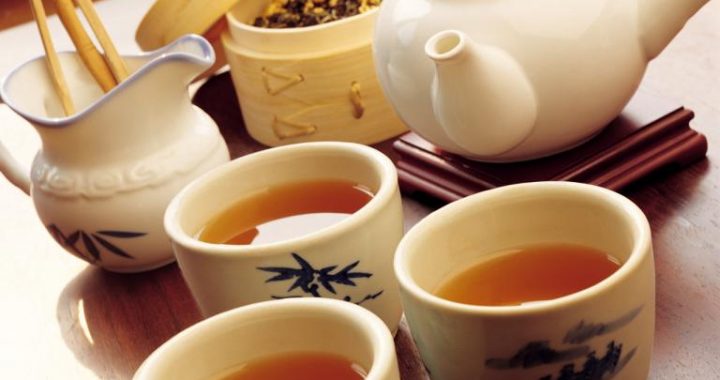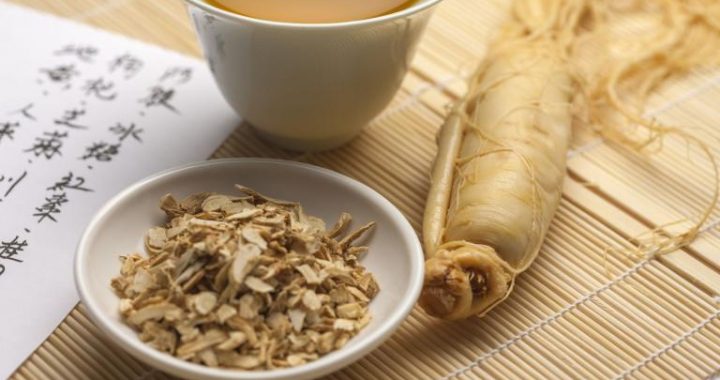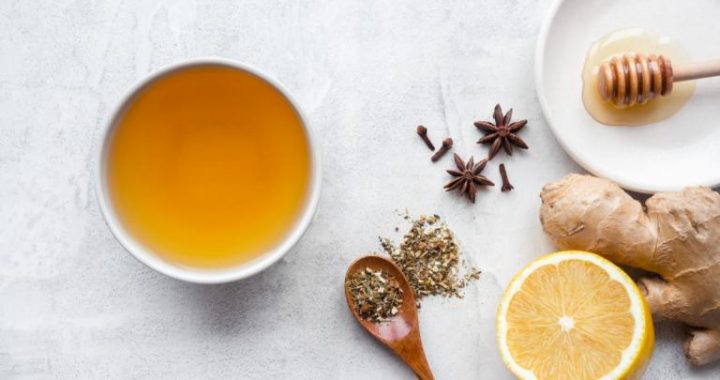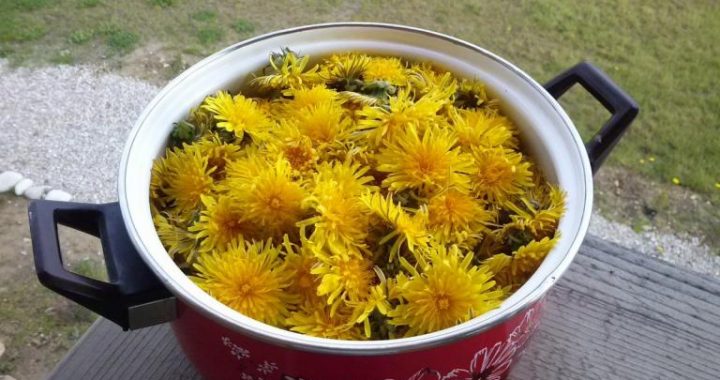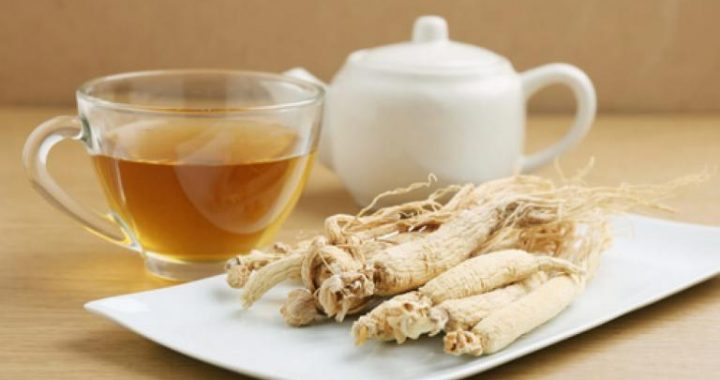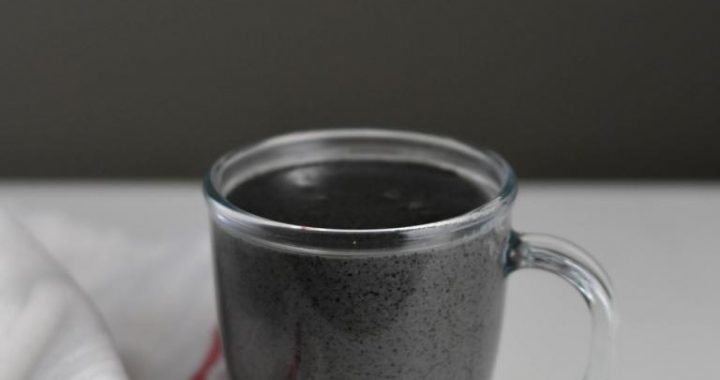The Polarized Development of Tea in the Qing Dynasty
3 min readEntering the Qing dynasty (1616~1911), the traditional tea culture was fallin year after year and the modern way of tea drinking rose gradually. However, the people who were bent on tea still persisted in the spirit of tea drinking and kept moving forward and innovating. On the other hand, tea drinking in the palace developed towards luxury, deviating from the frugal spirit.
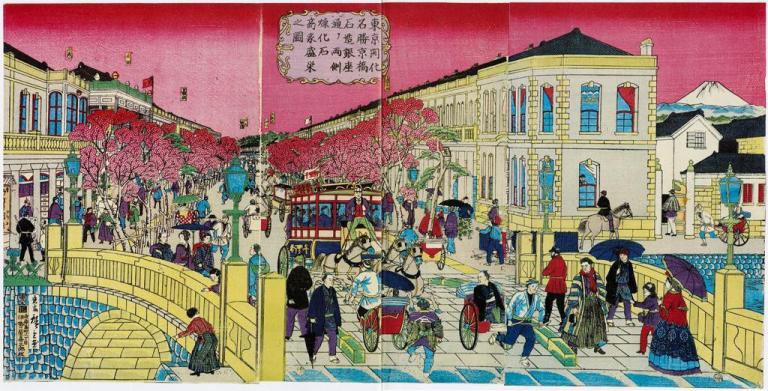
The Modern Teahouses Led the Tea Drinking
Among the People In the Qing dynasty, besides the men of letters and the royal family, drinking tea also began to be popularized as a kind of custom among the ordinary people, and became a part of conventions. An important symbol of the popularization of tea drinking among the people was that the modern teahouses mushroomed and became an important social place for all the classes, including the common people. The teahouses were just like the stages, on which various people performed their different lives and the various aspects of the society; the teahouses were the compressed societies as well, providing a fine stage for discussion for the common people and also reflecting all kinds of phenomena among the people. At that time, most of the teahouses among the people kept to the frugal tradition of tea. The prevalence of teahouses also symbolized the popularization of tea culture and its developing into the everyday life of people.
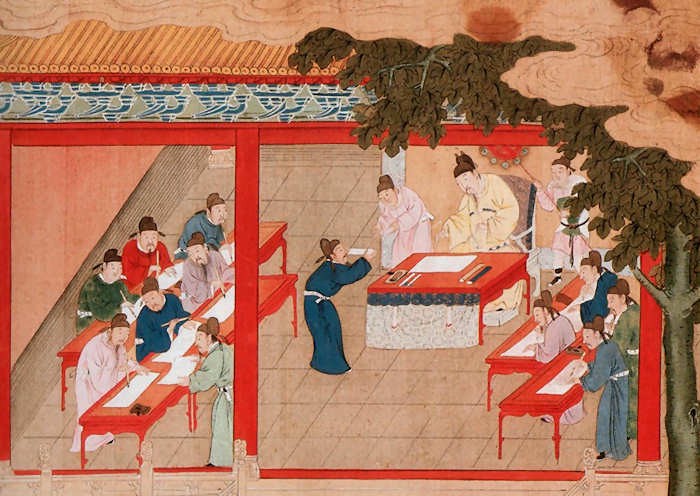
The Luxurious Tea Feast in the Palace
Tea feast in the true sense must have originated in the Tang dynasty; however, in terms of scale and luxury, the palace tea feast in the Qing dynasty must be the utmost, with “Sanqing Tea Feast”set by Emperor Qianlong as the best representative.
According to the historical records, Emperor Qianlong set up the “Sanqing Tea Feast” and decided to hold it in Chonghua Palace on a day among the second day to the tenth day in the first lunar month every year. Its aim was to show the favor of the royal family and to strengthen the ties among the officials. The tea feast took the form of creating poems on the current events in the palace. The participants were mostly the high ranking officials such as the Grand Academicians, the nine ministers and the Hanlin Academicians etc. The “Sanqing Tea”drank on the feast were prepared with plum blossom, fingered citron and pine nuts, which was created by Emperor Qianlong, and cooked with snow water.
Besides the tea feast, tea was also an indispensable part in other palace feasts,a ‘ must have’ drink both before and after the meal. The teas used in the feasts were mostly the same. According to the investigations, during Kangxi reign and Qianlong reign, there were held four large-scale “Qian-sou Banquet”(Banquet fo One Thousand 01d Men) in the palace, and the one with the most attendance had morethan 3,000 people joined. The procedures of every “Qian-sou Banquet”were all the same: first drank tea, then wine, and at last, tea again. Every person that was ableto join this kind of feast was either a prince or a high ranking official. Here, what tea drinking embodied was still glory.
